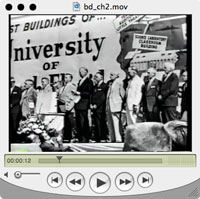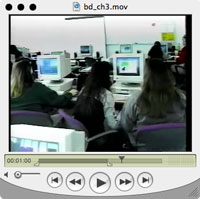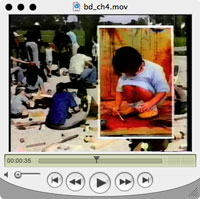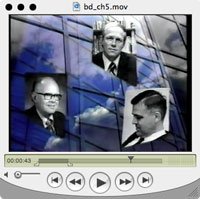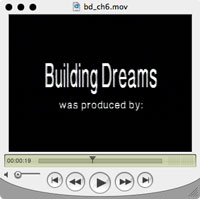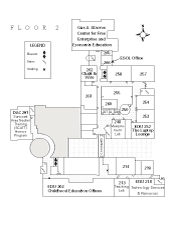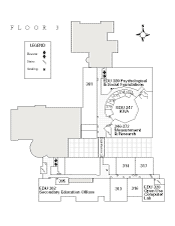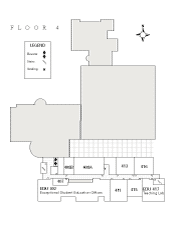 Home
Home- College of Education Buildings
- College of Education Building II, Anchin, and Stavros Center


College of Education Building II, Anchin, and Stavros Center
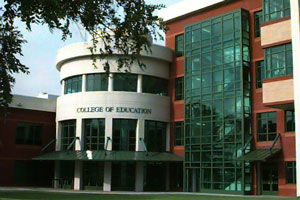
When the first College of Education building was dedicated in January1968, there were approximately 110 faculty members. Over the next 28 years, the building outgrew its original capacity as the number of faculty increased to over 400 faculty, support staff, and grant personnel.
During his tenure, Dean Katzenmeyer was instrumental in securing approval and funding for a new building with the assistance of his contacts in the Florida Legislature. The new College of Education building project also included a major renovation of the existing facilities as well as the privately-funded construction of the David C. Anchin Center, the TECO Conference Center, and the second floor of the Gus A. Stavros Center (see photographs).
The College of Education Building II would have of 47,723 square feet and would be designated for undergraduate and graduate classes, faculty, advising, and administrative offices. Twenty-seven percent of the building would serve as general classroom use; forty-four percent for teaching labs, twenty-five percent for faculty and administrative offices, three percent for student services, and one percent for instructional media (see architectural plans).
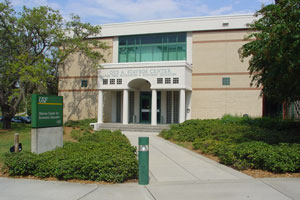
Craig Wooley and Scott Seifreit, who at the time were the director and assistant director of Technology Services and Resources (TSR) for the College, served as technology advisors to the committee overseeing the new construction. They recommended that the building be wired with high-speed fiber-optic cable rather than the slower copper wiring. Some officials in the USF central facilities planning offices believed that the complexity and the amount of research conducted by the College of Education faculty would not require the use of high-speed transmission via their computers over fiber optic cable. Fortunately, the committee prevailed. The building was constructed using high-speed fiber-optic cable which was then connected to the USF’s main cable system (see video of construction). This decision was instrumental in making the College of Education a national leader in the use of technology in teaching on campuses, distance education, and in research.
During the planning process of the College of Education Building II, some of the members of the College of Education Technology Council traveled to Bloomington, Indiana to visit the new college of education at Indiana University to examine its technology infrastructure and capabilities. Although the Indiana University building was considered to be the model for the nation, the visiting faculty and staff from USF realized that the plans for Building II would surpass that which was considered state of the art by several years once the building was completed.
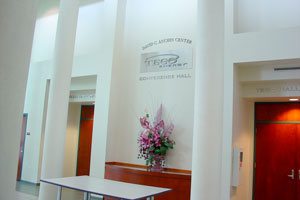
After the construction on Building II was completed, faculty and staff from the departments of Childhood Education, Secondary Education, Special Education Advising, and the Dean Office could vacate the original College of Education building and occupy the four floors of new premises. The renovation of the old building, now known as Building I, was a major undertaking, thus it would be a year before the faculty members and staff of the departments of Psychological and Social Foundations, Educational Measurement and Research, and Educational Leadership could move from the adjacent Faculty Office Building to the newly renovated building.
The design of Building II also includes the murals that can be seen on the ceiling of the Rotunda. Tim Rollins and KOS of New York were chosen by the Florida Public Arts Commission to develop a plan to select from 34 school children from 12 schools in Hillsborough, Pasco, and Pinellas counties to provide the artwork for the two buildings. Most of the students were selected by their art teachers based on talent. However, some of the students that were selected had problems in learning how to read. It was thought that their involvement in the project would be a beneficial learning experience. Mr. Rollins also developed other art-related projects that involved the talents of local students. For example, he selected 17 elementary students to read “The Frogs”, a play written by Aristophanes in 405 B.C. The students produced a mural based on the imagery from the play. Seventeen junior high and high school students developed the imagery for a second mural after they read Frank Kafka’s book Amerika. A three-day workshop was conducted with each group of students to create 20 or more graphic drawings for their murals. Once the final images were chosen, they were projected and painted with acrylics on linen. The final results were the “Frogs”, a 114’ x 8’ circular mural that adorns the lower level wall of the rotunda, and the “Amerika”, a 48’ x 5’ circular mural that can be viewed on the upper level wall of the College of Education Rotunda.
The new College of Education complex, which was dedicated in 1997, includes the College of Education Buildings I and II, the David C. Anchin Center, the TECO Conference Center, and the Gus A. Stavros Center, has given the College with the opportunity to significantly expand its trainings, programs, research that will benefit current and future educators for many years to come.
Building Dreams DVD
Below you will find Quicktime video clips from the Building Dreams DVD produced by FCIT (the Florida Center for Instructional Technology) to celebrate the inauguration of the new College of Education.
College of Education Building Maps
These maps brought to you by the Laptop Initiative at the College of Education and the Florida Center for Instructional Technology (FCIT).

